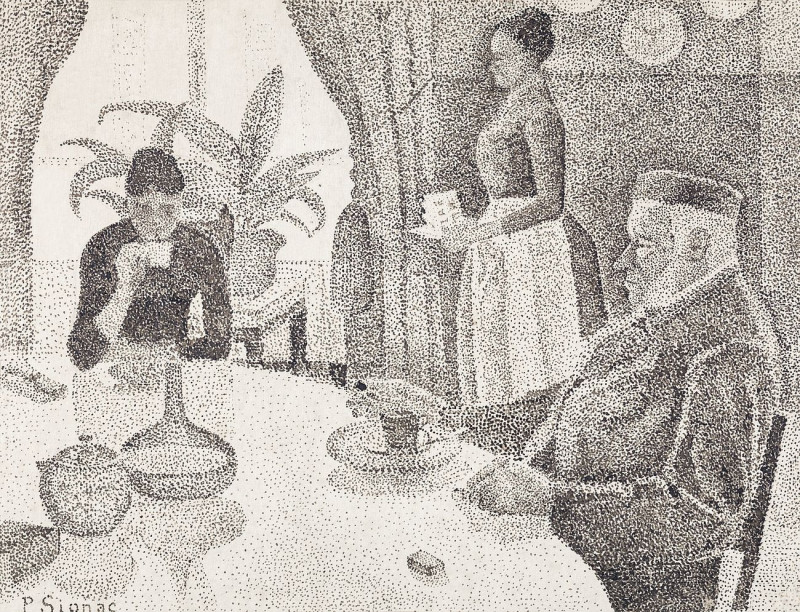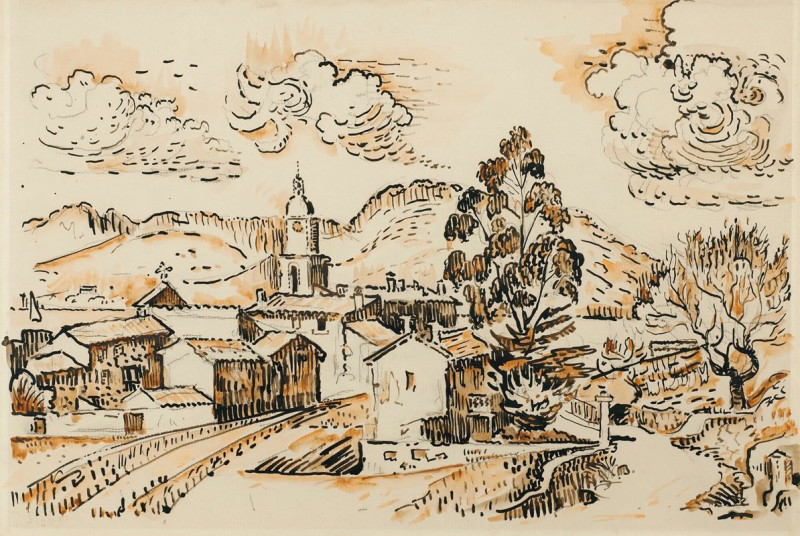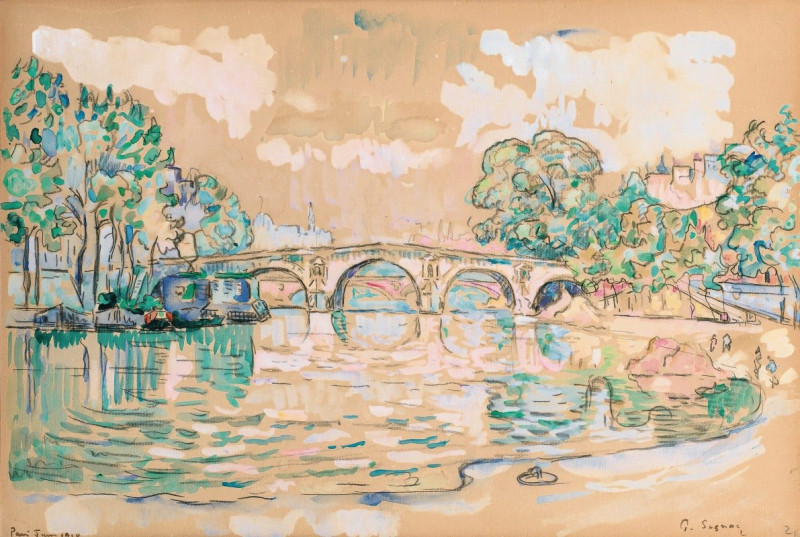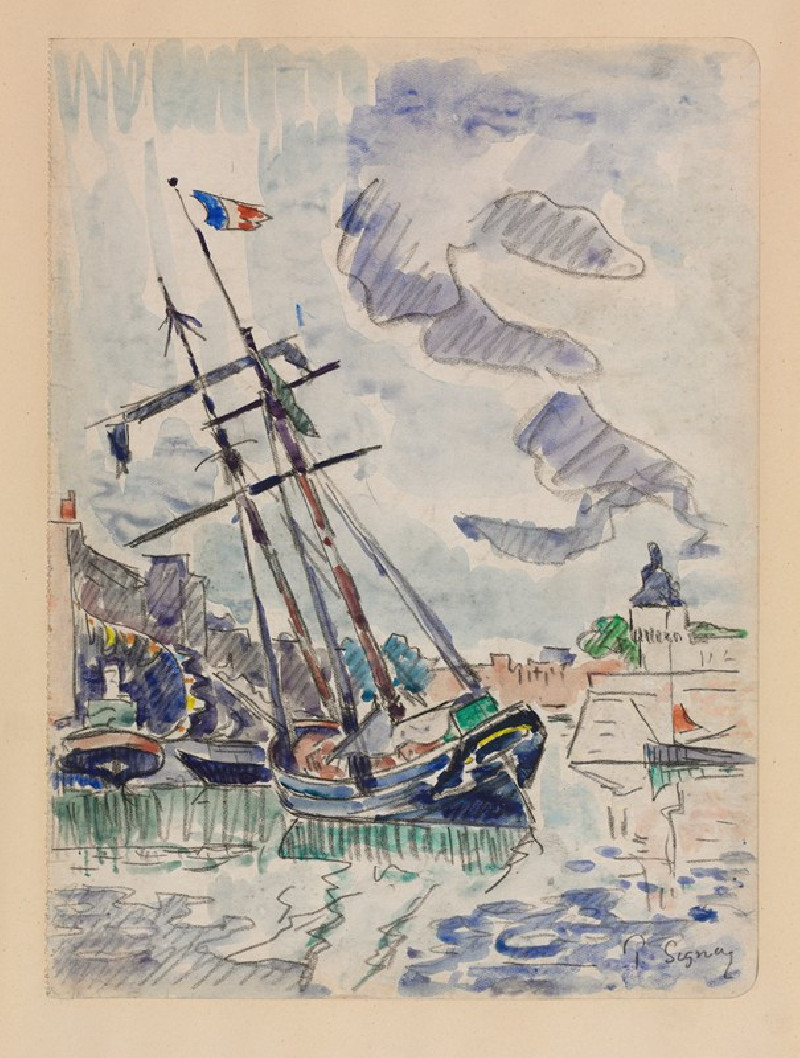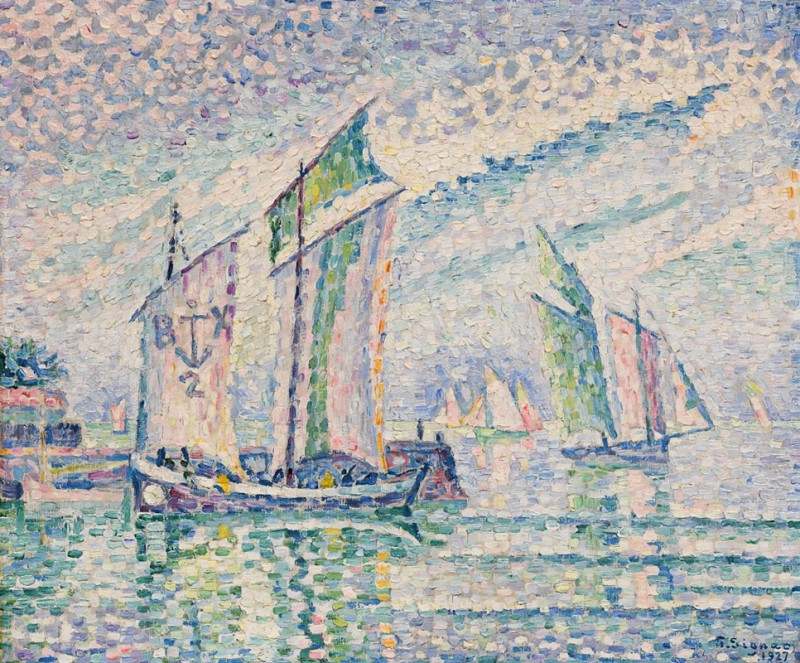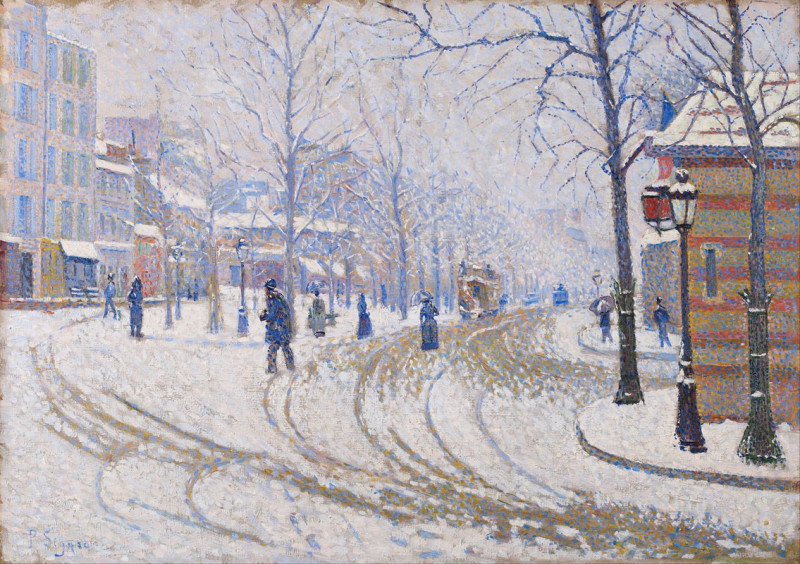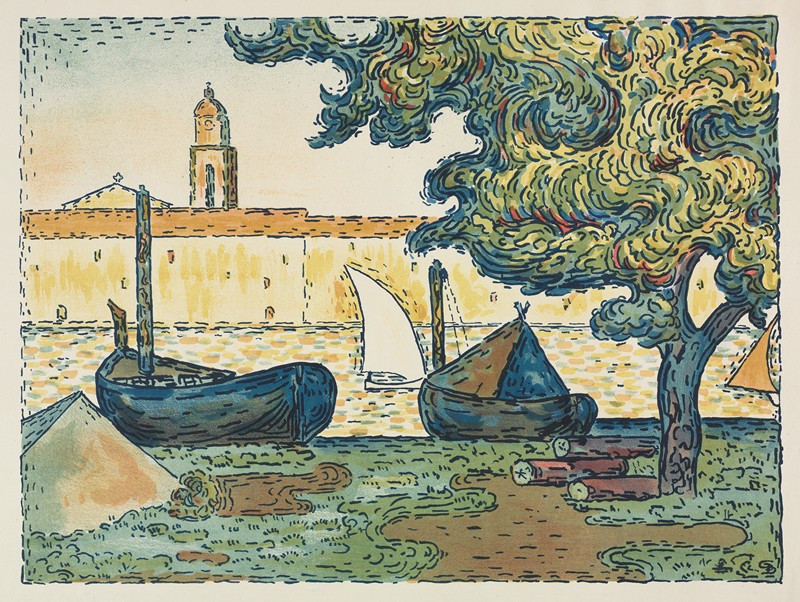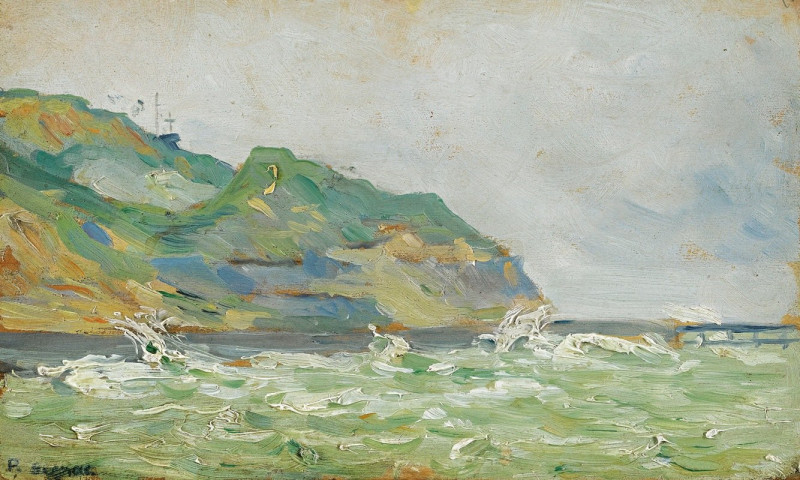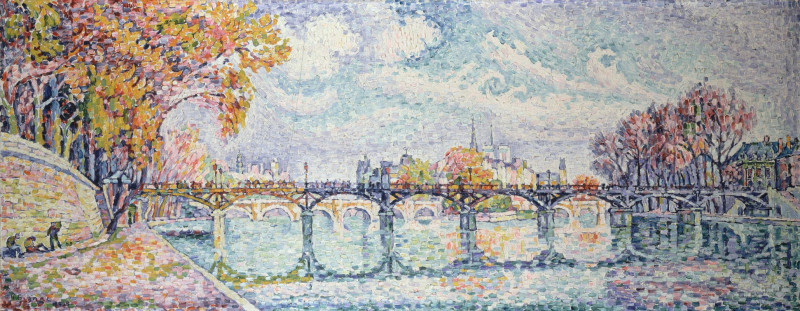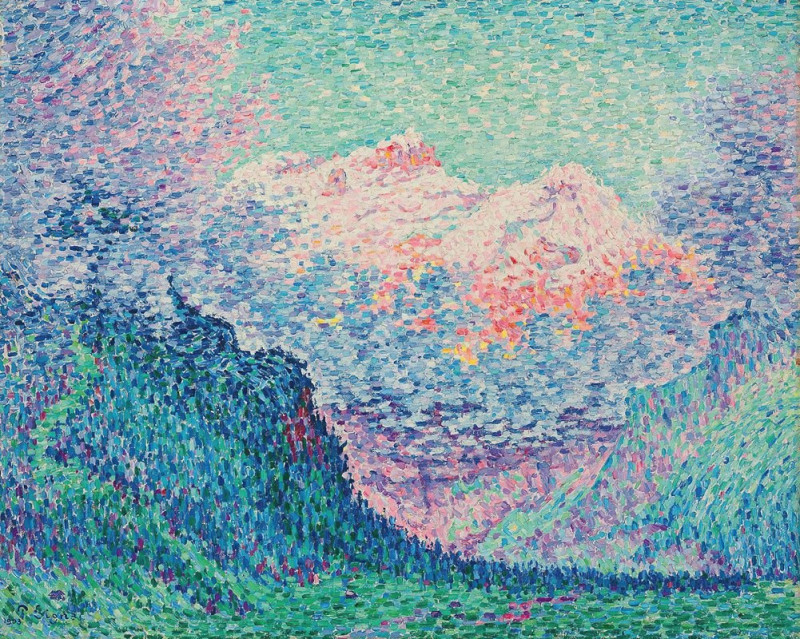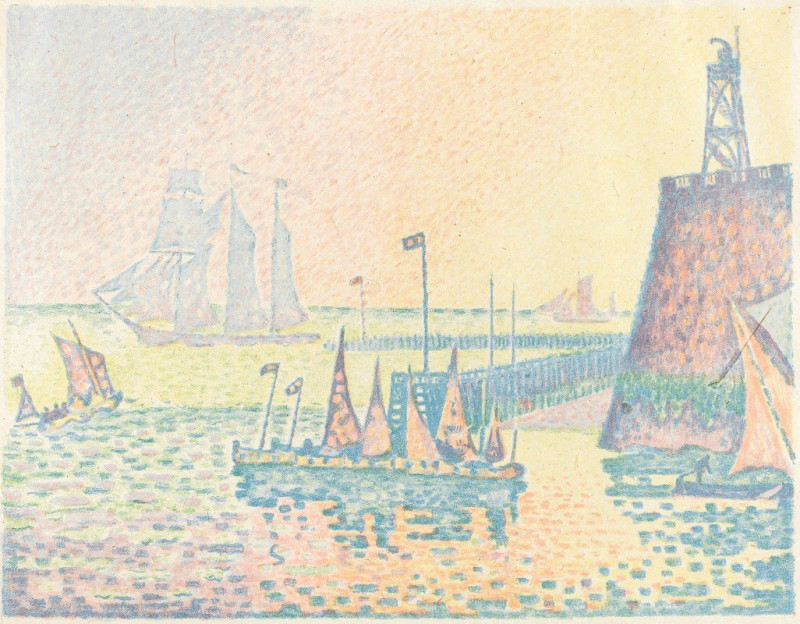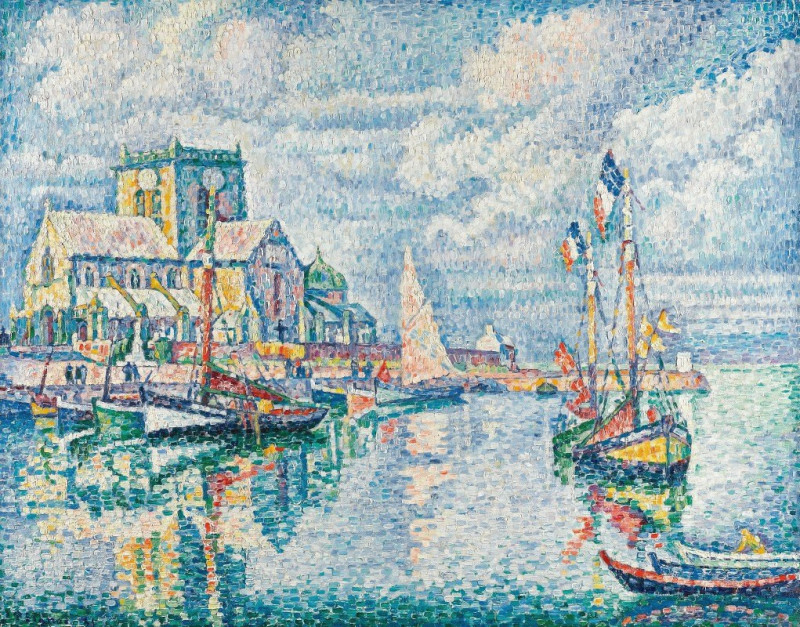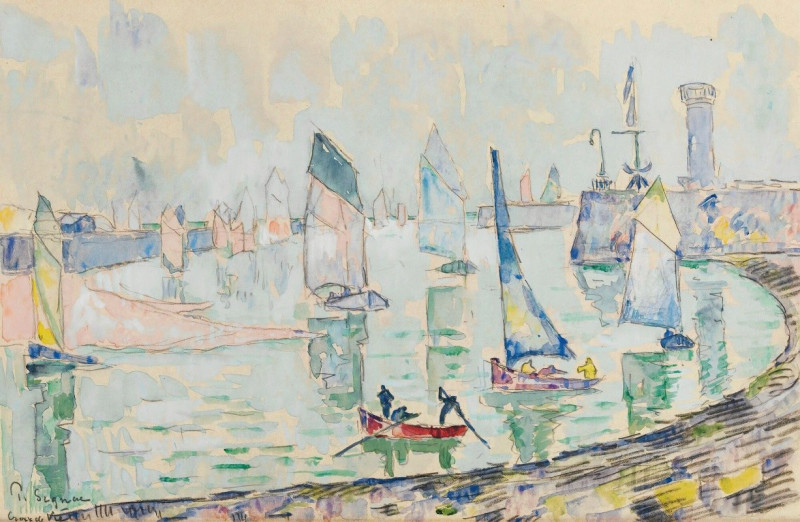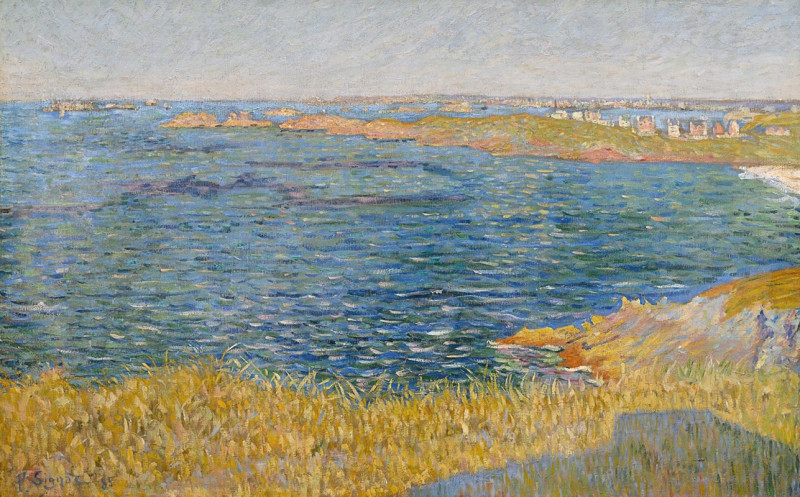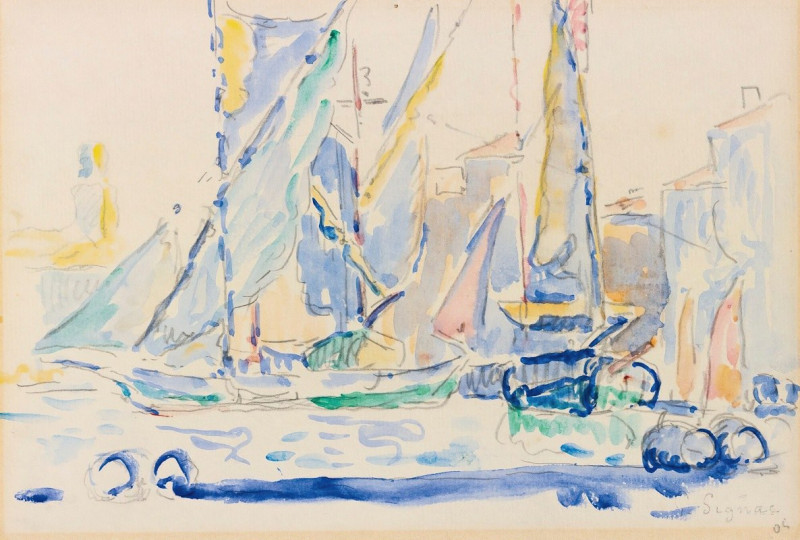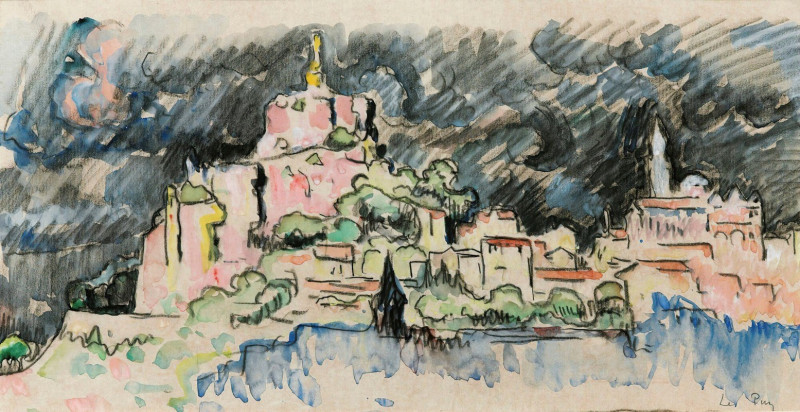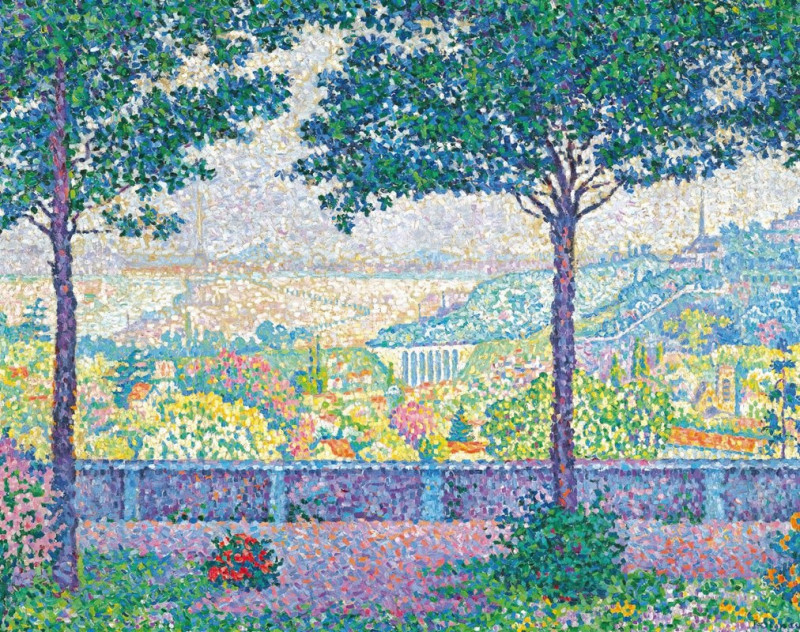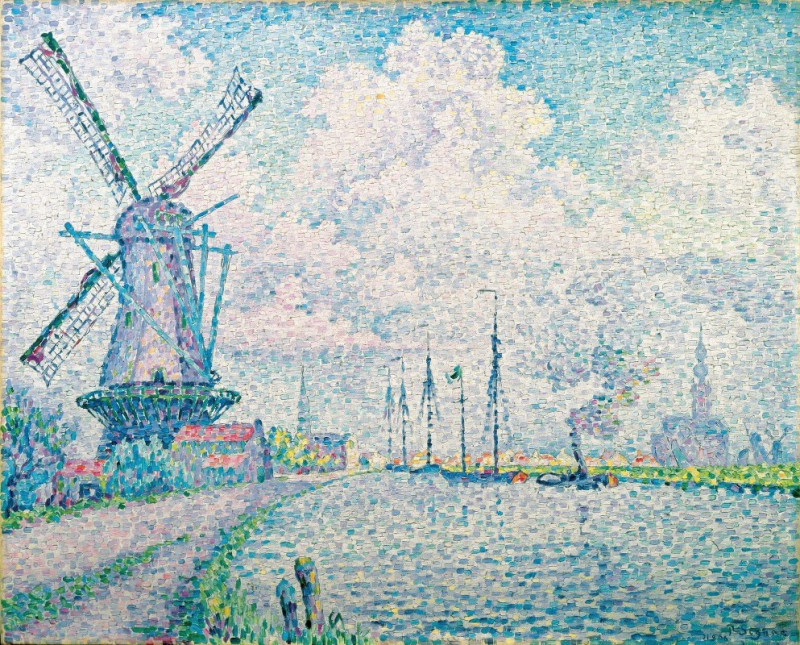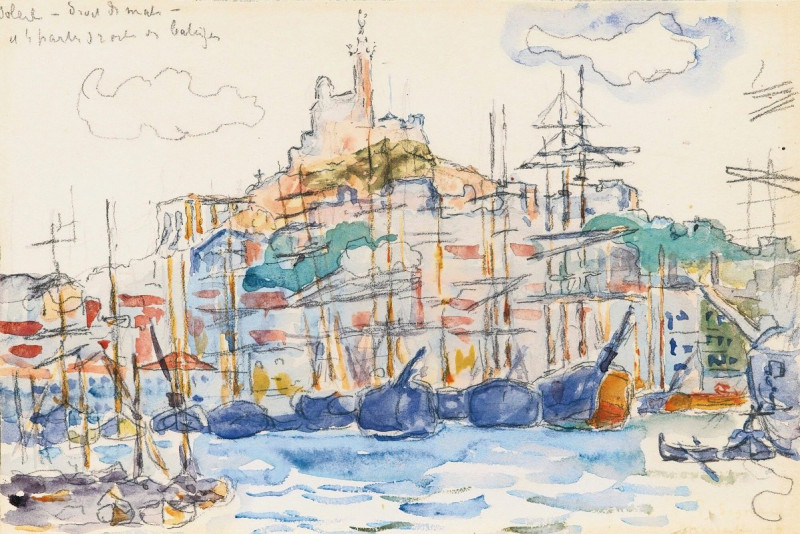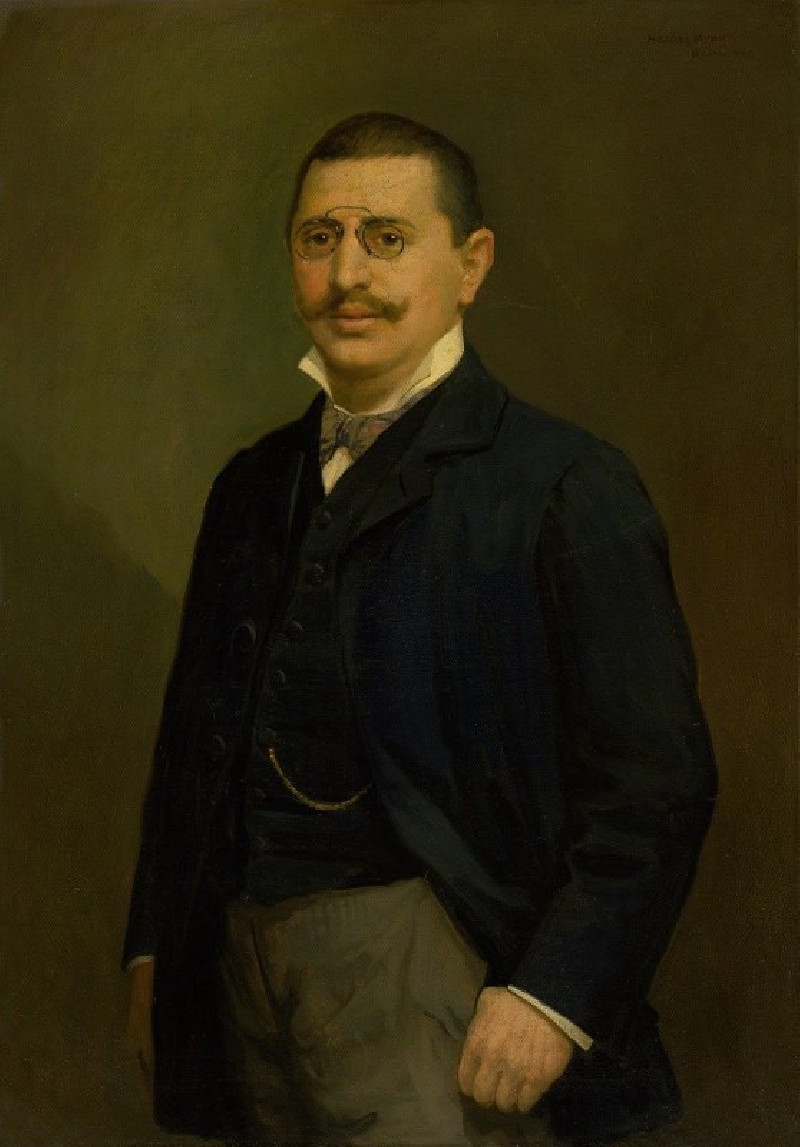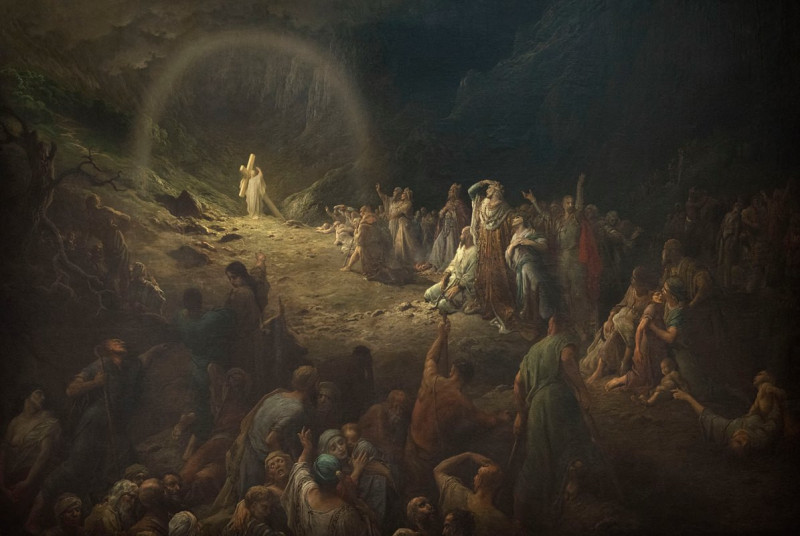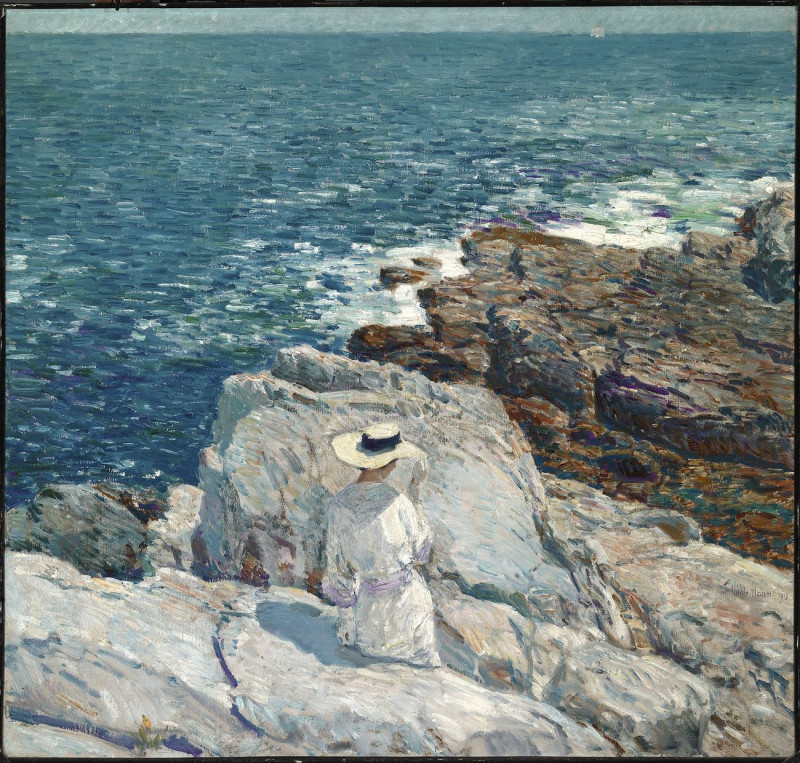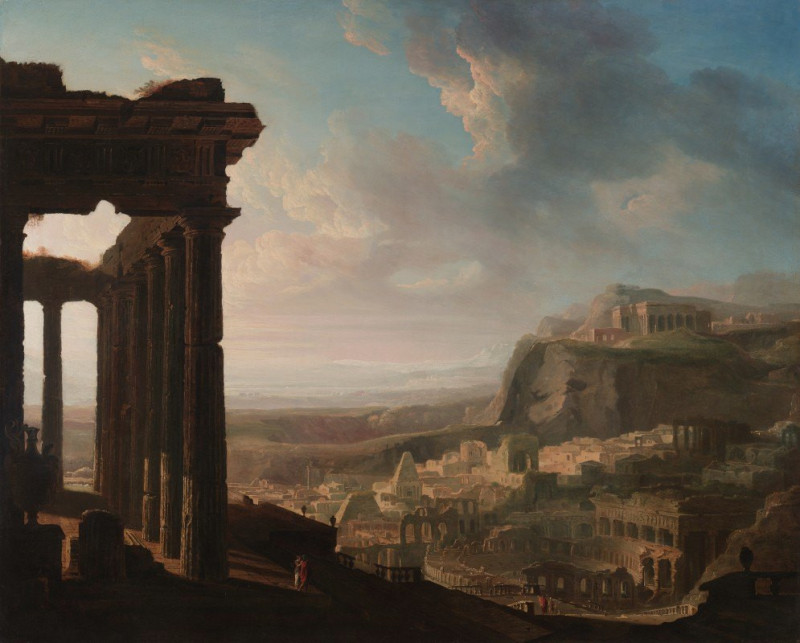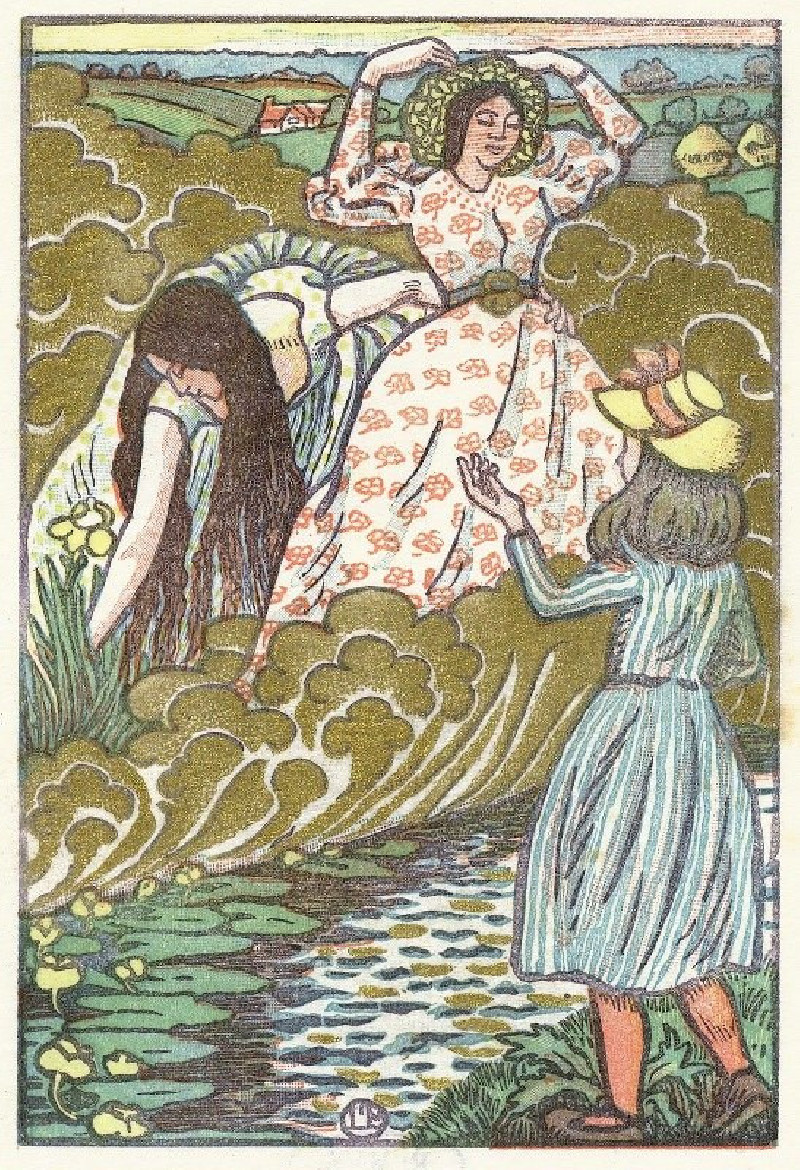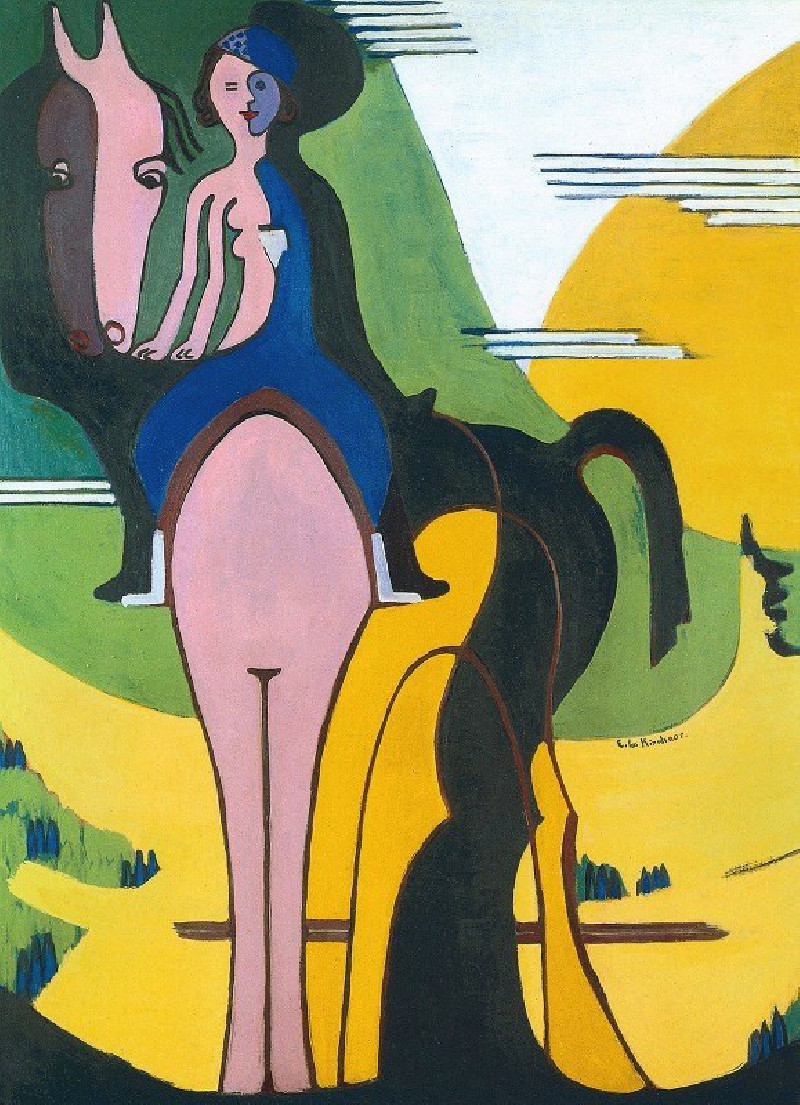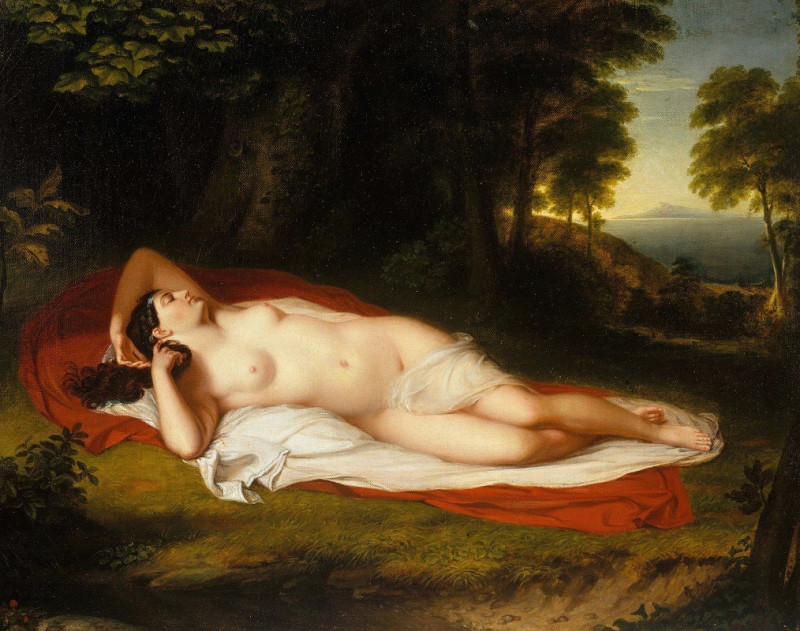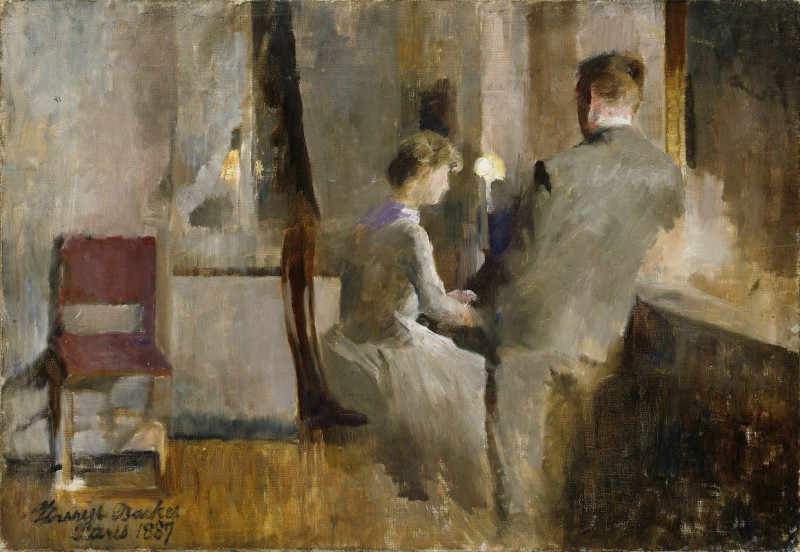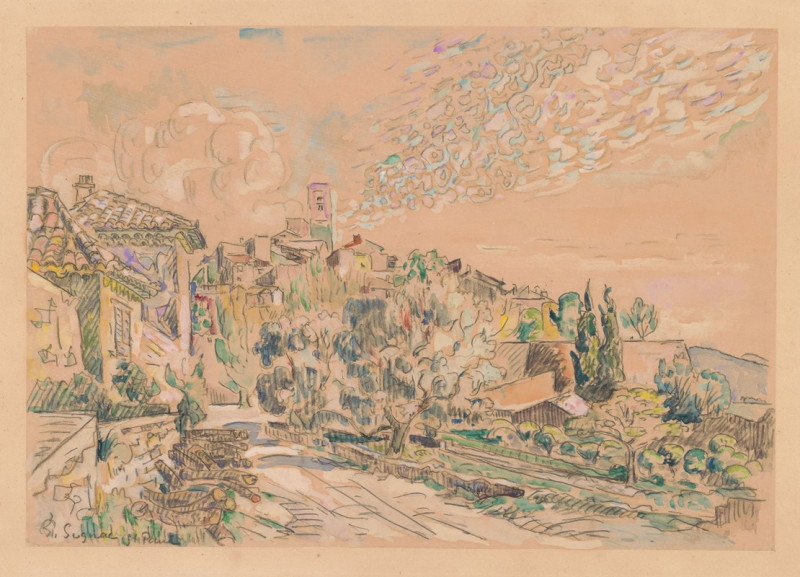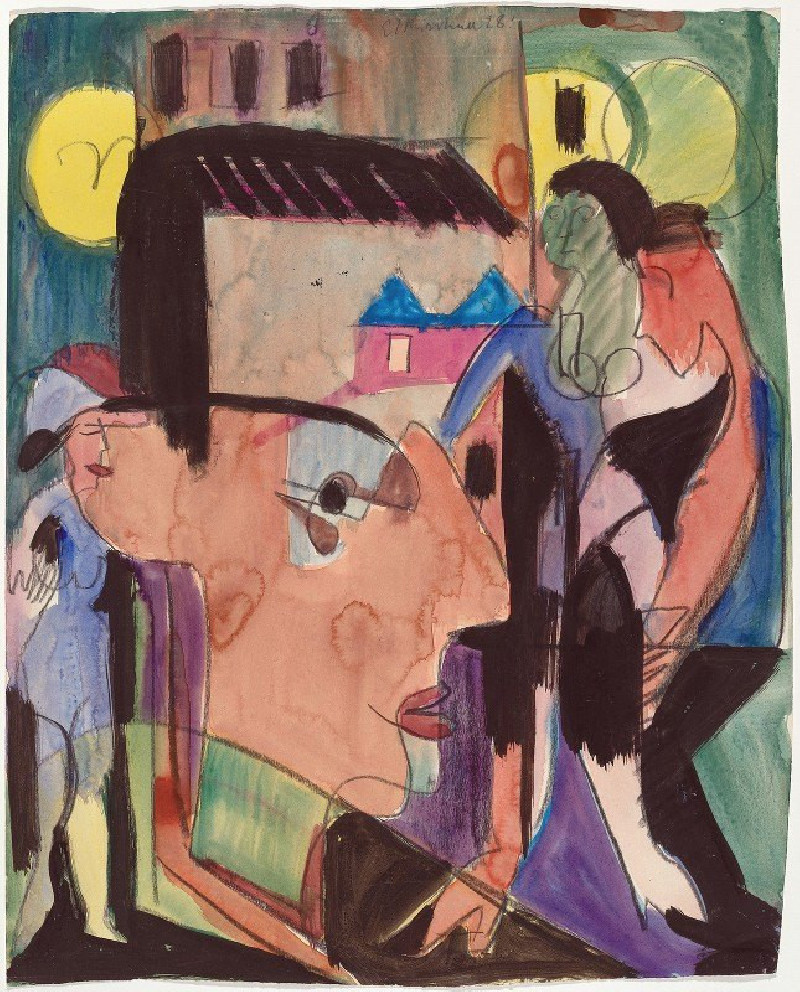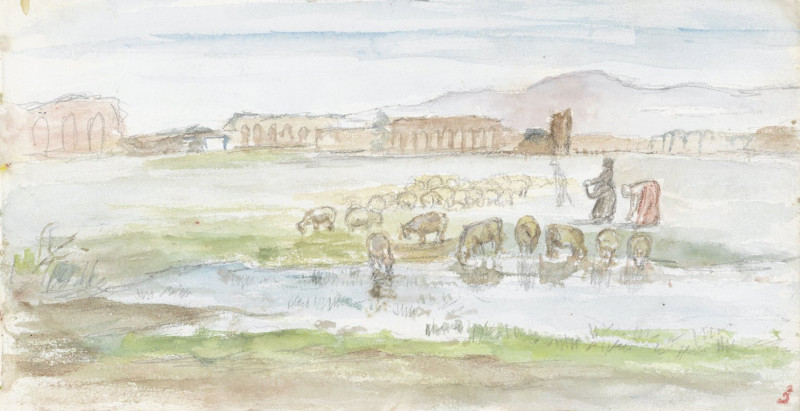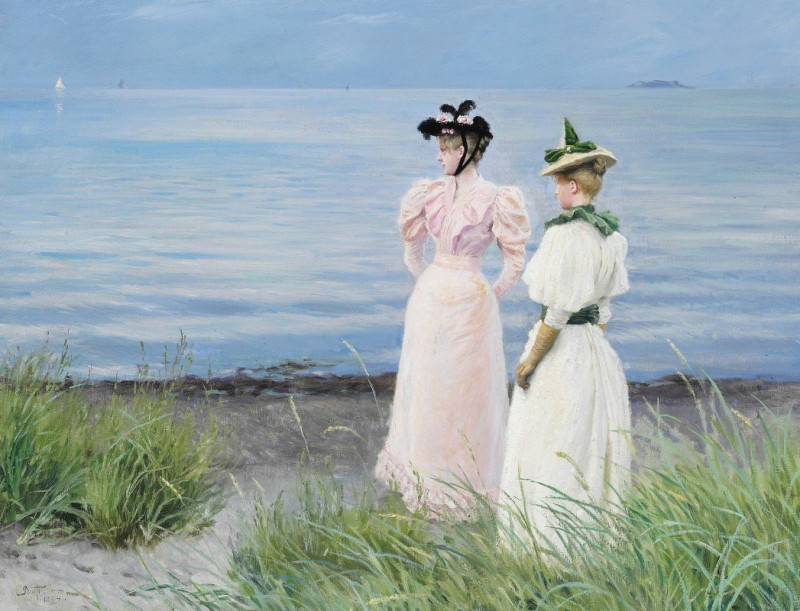The Dining Room
Technique: Giclée quality print
Recommended by our customers
More about this artwork
"The Dining Room" by Paul Signac is a fascinating painting composed predominantly in a pointillist style, where small, distinct dots of color are applied in patterns to form an image. In the painting, the scene is set in a domestic dining room environment.The artwork features three figures. To the left, a man is seated at a dining table, captured in mid-gesture, perhaps in conversation. He is dressed in dark attire, with his elbow resting on the table, appearing thoughtful or engaged. Opposite him, to the right, there's another male figure, partially cut-off by the edge of the canvas, also sitting at the table. This second man looks older and is dressed in a lighter, perhaps more formal attire, suggesting a contrast or a narrative dynamic between the two figures.In the middle, separating these two individuals, stands a female figure in a serving role, depicted in motion as she sets or clears the table. She is dressed in a maid's outfit, emphasizing her role within the household. Her posture and the tray in her hand add to the sense of activity and service in the scene.The background contains a large plant and a design on the wall, both contributing to the ambiance of a well-appointed, middle-class dining room of the era.Signac's use of pointillism not only adds a vibrant, dynamic quality to the scene but also subtly plays with light and texture, making the room seem both lively and intimate.
Delivery
Returns
Paul Signac (1863-1935) was a French Neo-Impressionist painter. Together with Georges Seurat, Signac developed the Pointillism style. He was a passionate sailor, bringing back watercolor sketches of ports and nature from his travels, then turning them into large studio canvases with mosaic-like squares of color. He abandoned the short brushstrokes and intuitive dabs of color of the impressionists for a more exact scientific approach to applying dots with the intention to combine and blend not on the canvas, but in the viewer's eye.

